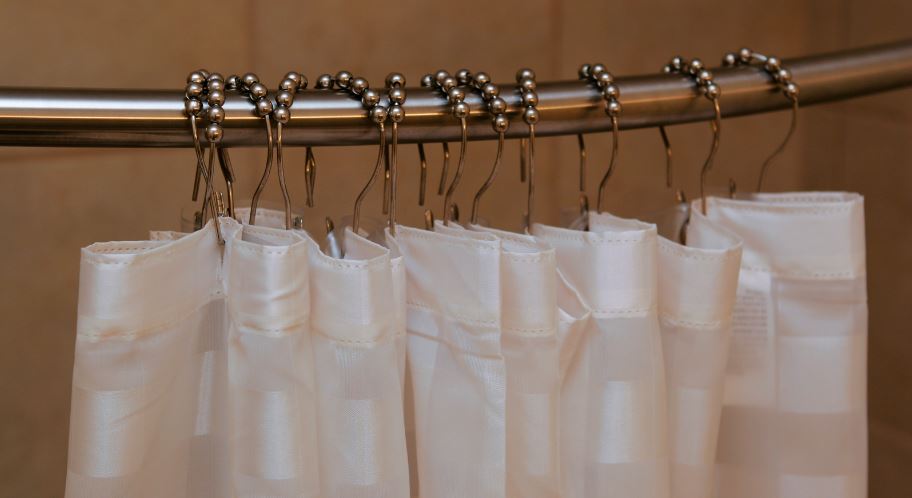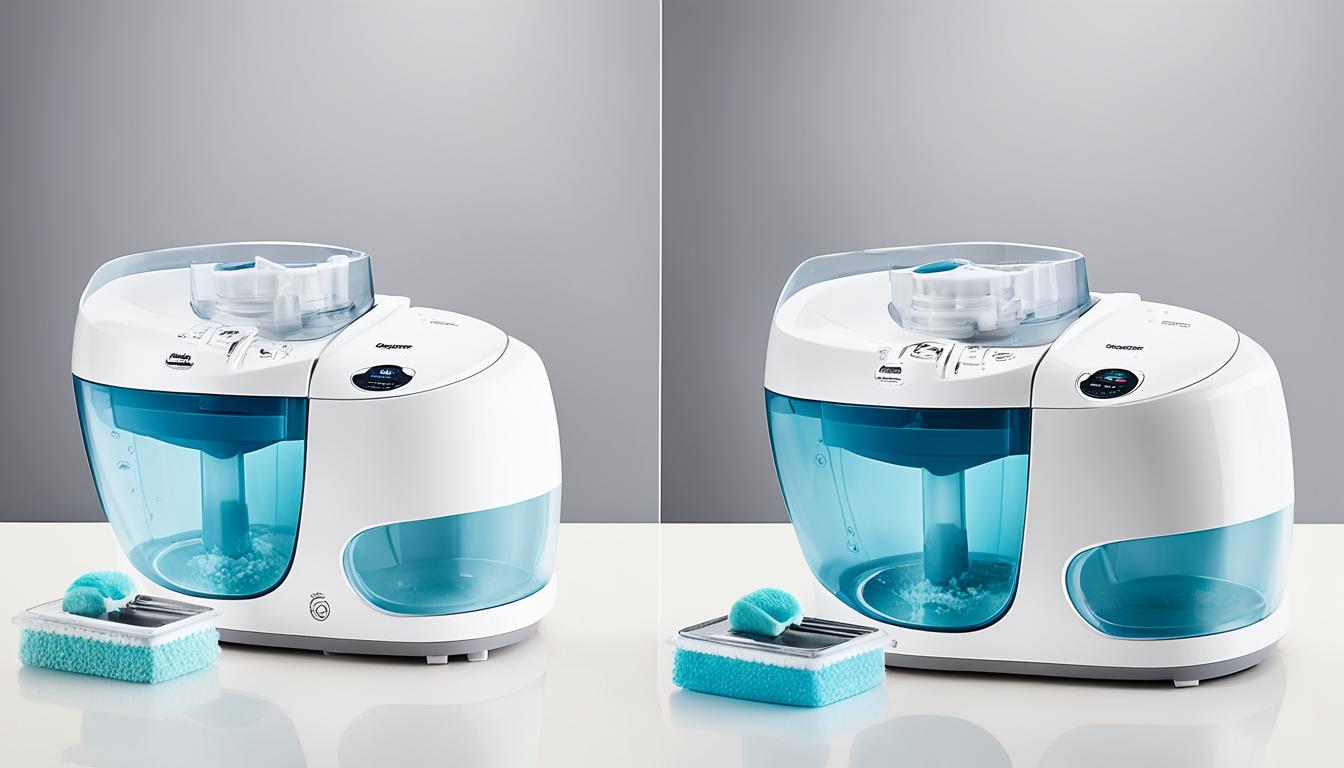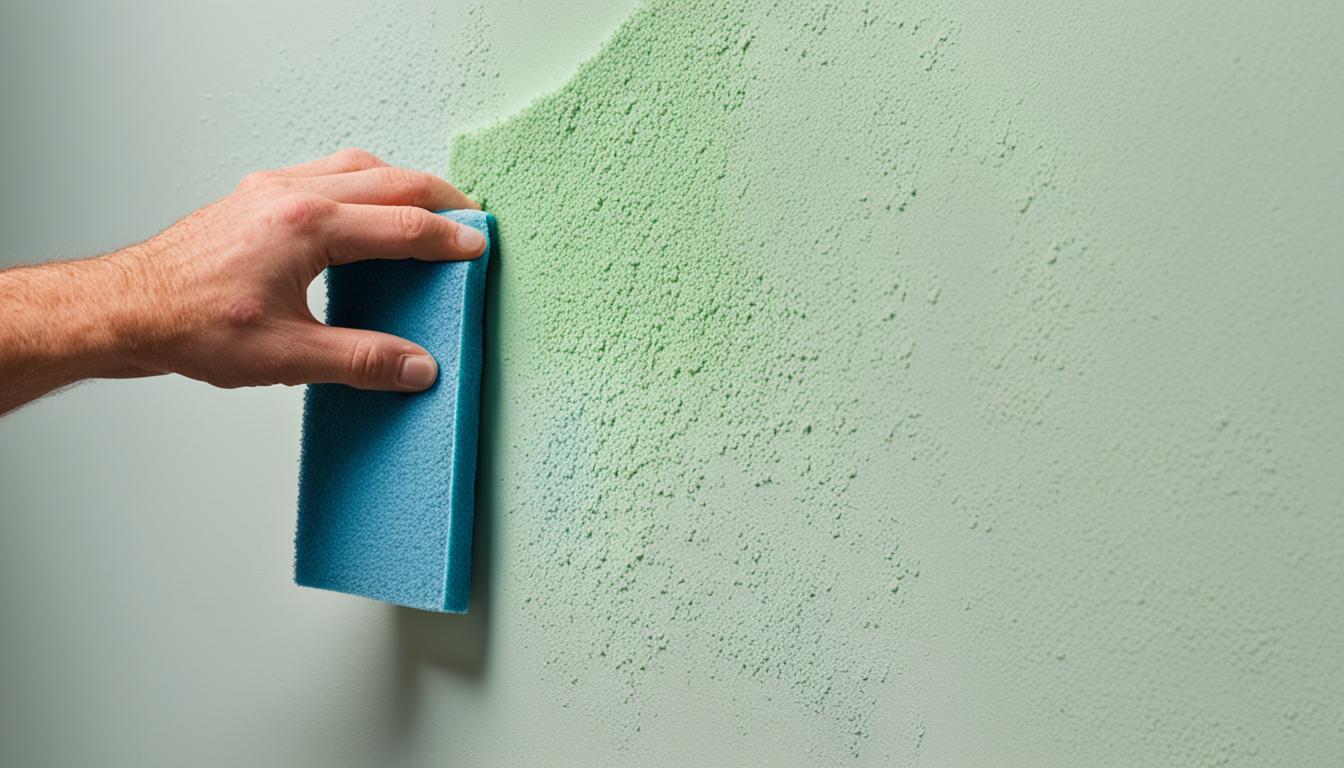Regular maintenance of your washing machine’s drain hose is crucial for ensuring optimal performance and preventing clogs. A clean drain hose promotes efficient water drainage and extends the lifespan of your machine. But how do you clean the drain hose without the hassle of removing it?
In this article, we will walk you through the steps on how to clean washing machine drain hose without removing it. Whether you’re dealing with a minor blockage or simply want to keep your machine in top shape, these methods will help you achieve a clean and functioning drain hose.
Why is Cleaning the Drain Hose Important?
Regular maintenance of the washing machine drain hose is vital for ensuring its optimal performance and preventing clogs. By keeping the drain hose clean, you can promote efficient water drainage and enhance the longevity of your washing machine. Additionally, regular cleaning reduces the risk of water damage in your laundry room, helping you maintain a safe and functional space for your laundry needs.
When the washing machine drain hose is not properly maintained, it can become clogged with debris, lint, soap scum, and other residues. This buildup restricts the flow of water, leading to issues such as slow drainage and standing water in the machine and the laundry room floor. Cleaning the drain hose on a regular basis helps prevent such problems and ensures that your washing machine operates at its best.
A clean drain hose is especially crucial if you have hard water supply or frequently wash heavily soiled items. These factors increase the likelihood of mineral deposits, dirt, and detergent residues accumulating in the hose. Regular maintenance ensures that these substances are flushed out, preventing blockages and potential damage to your appliance.
To illustrate the importance of cleaning the drain hose, consider the potential consequences of neglecting this maintenance task. A clogged drain hose can cause overflowing water, leading to damage to the washing machine, nearby furnishings, and even the structure of your home. Moreover, standing water in the laundry room can create a breeding ground for mold and bacteria, compromising the cleanliness and air quality of your home.
Therefore, to maintain the optimal performance and longevity of your washing machine, it is essential to prioritize the cleaning of the drain hose. By doing so, you can prevent clogs, ensure efficient water drainage, and mitigate the risk of costly repairs or water damage in your laundry room.

Signs of a Clogged Drain Hose
If you’ve been experiencing any of the following issues with your washing machine, it could be a sign of a clogged drain hose:
- Water accumulation: Puddles of water forming around your washing machine after each cycle.
- Bad odors: A foul smell emanating from your machine, indicating stagnant water and potential mold growth.
- Slow water draining: Water taking longer than usual to drain out of the machine, causing delays in the washing process.
- Water leakage: Leaks or drips coming from the back of the machine, indicating a possible blockage in the drain hose.
- High energy bills: An increase in energy consumption due to the machine overworking to compensate for poor drainage.
- Gurgling sounds during draining: Unusual bubbling or gurgling noises when the water is draining, suggesting a blockage in the hose.
If you notice any of these signs, it’s crucial to address the clogged drain hose promptly to prevent further issues and restore optimal performance to your washing machine.
“A clogged drain hose can lead to serious problems, such as water damage and decreased efficiency of your washing machine. It’s important to identify these signs early on and take action to unclog the hose before it causes more significant issues.” – Jane Davies, Washing Machine Repair Specialist
How to Clean Washing Machine Drain Hose Without Removing?
Method 1: Using Hot Water and Baking Soda
When it comes to cleaning your washing machine drain hose without removing the top, using hot water and baking soda can be an effective method. By following these steps, you can ensure a thorough cleaning of the drain hose.
- Shut off the water supply to the washing machine.
- Disconnect the drain hose from the machine. Refer to the manufacturer’s instructions if needed.
- Pour hot water into the drain hose, filling it up partially.
- Add a generous amount of baking soda into the drain hose.
- Allow the hot water and baking soda mixture to sit in the hose for about 30 minutes. This will help loosen any buildup or clogs.
- After 30 minutes, use a brush or a long-handled object to agitate the mixture inside the drain hose, helping dislodge any stubborn debris.
- Repeat the process if necessary, especially if you notice significant residue or clogs.
- Once the cleaning process is complete, flush the drain hose with a mixture of vinegar and water. This helps remove any remaining residue and eliminates odors.
- Reconnect the drain hose to the machine, ensuring it is securely attached.
- Turn on the water supply and run a test cycle to ensure proper water drainage.
Using hot water and baking soda is a simple yet effective way to clean your washing machine drain hose without removing the top. It helps remove buildup, prevents clogs, and ensures optimal performance of your machine.
“Cleaning the drain hose using hot water and baking soda helps keep your washing machine running smoothly, preventing clogs and maintaining optimal performance.”

Method 2: Using Drain Cleaner
When it comes to cleaning your washing machine drain hose, using a drain cleaner can be an effective solution. Removing the drain hose from the machine, pouring drain cleaner directly into the drain, and following the instructions on the drain cleaner label are the key steps in this method.
After pouring the drain cleaner, it is crucial to allow it to sit for the specified time as stated on the label. This gives the cleaner enough time to break down any debris or clogs that may be obstructing the hose.
Quick Tip: Always remember to wear gloves and follow the safety precautions mentioned on the drain cleaner label.
After the recommended sitting period, thoroughly rinse the drain hose with water to flush out any remaining cleaner and debris. This step ensures that the hose is clean and ready for reattachment to the machine.
Once the drain hose is thoroughly rinsed, reattach it to the washing machine, ensuring a secure connection. Finally, test the washing machine by running a cycle to ensure that the drain hose is functioning properly.

Using drain cleaner is a convenient method for cleaning your washing machine drain hose without the need for disassembly. It effectively removes build-up and clogs, allowing your machine to operate at its best.
Method 3: Snaking the Drain Hose
When faced with a stubborn blockage in your washing machine drain hose, snaking the hose can be an effective solution. This method involves using a drain auger or snake to break up and remove the clog. Follow these steps to safely and efficiently clear the blockage:
- Begin by disconnecting the drain hose from the washing machine. Depending on your machine’s design, this may require unscrewing a clamp or simply pulling the hose off the outlet.
- Next, insert the drain snake into the hose, ensuring it goes as far as possible. The snake’s flexible coil structure allows it to navigate the curves of the hose and reach the clog.
- Rotate the snake clockwise while gently pushing it forward. This twisting motion helps break down the blockage and allows the snake to grab onto it for removal.
- If you encounter resistance, be careful not to force the snake to prevent damaging the hose. Instead, pull it back slightly and continue rotating to dislodge the clog.
- Repeat the snaking process as needed until the drain hose is clear. It may require several attempts to completely remove the blockage.
- Once the clog is cleared, carefully reconnect the drain hose to the washing machine outlet, ensuring a secure fit.
- Lastly, test the drain hose by running a wash cycle. Observe the water drainage to ensure it flows freely without any signs of backup or blockage.
Snaking the drain hose can effectively remove blockages and restore proper water flow, preventing potential damage to your washing machine. It’s a handy technique that can save you from the hassle and expense of disassembling the machine or calling professional help.
Tips and Precautions:
- Always follow the manufacturer’s instructions when using a drain snake or auger.
- Be gentle while snaking the drain hose to avoid causing damage.
- Consider wearing gloves and protective eyewear to prevent potential splashes or injuries.
- If the blockage persists or you’re unsure about performing the task, it’s recommended to seek professional assistance.
By successfully snaking the drain hose, you can keep your washing machine running smoothly and avoid the inconvenience of clogs and backups. This simple yet effective method is a valuable addition to your maintenance routine.
Method 4: Cleaning the Filter
Regularly cleaning the filter of your washing machine is an important step in maintaining proper washing machine hose cleaning. The filter helps prevent debris and buildup from entering the drain hose and causing clogs. Follow these simple steps to clean the filter:
Step 1: Locate and Remove the Filter
Most washing machines have the filter located on either the front or side of the machine. Consult your washing machine’s manual or manufacturer’s website for specific instructions on where to find the filter. Once located, carefully remove the filter.
Step 2: Rinse the Filter
Under running water, rinse the filter thoroughly to remove any debris or buildup. Use your hands or a soft brush to gently scrub away any stubborn residue. Ensure that the filter is completely clean before proceeding to the next step.
Step 3: Reinstall the Filter
After cleaning, carefully reinstall the filter back into its original position. Make sure it is securely in place to prevent any leaks or damage during future wash cycles.
Step 4: Run a Test Cycle
To ensure the proper functioning of the drain hose, run a test cycle on your washing machine. This will help you confirm that the filter is correctly installed and that there are no issues with water drainage. Observe the cycle and check for any signs of clogs or leaks.
Note: It is recommended to clean the filter at least once every three months or more frequently if you notice any signs of clogs or poor water drainage.
By regularly cleaning the filter, you can prevent clogs and maintain the efficiency of your washing machine’s drain hose.
| Method | Process | Effectiveness | Difficulty |
|---|---|---|---|
| Hot Water and Baking Soda | Pour hot water and baking soda into the drain hose, followed by a mixture of vinegar and water. Flush the hose. | Effective in removing mild buildup. | Easy |
| Drain Cleaner | Remove the drain hose, pour drain cleaner into the drain, rinse thoroughly, and reattach the hose. | Effective in removing stubborn clogs. | Moderate |
| Snaking the Drain Hose | Use a drain auger or snake to break up and remove blockages in the hose. | Effective in removing severe blockages. | Difficult |
| Cleaning the Filter | Locate the filter, remove it, rinse it under running water, and reinstall. Run a test cycle to ensure proper functioning. | Effective in preventing clogs. | Easy |
Conclusion
Regularly cleaning your washing machine drain hose is vital for maintaining its optimal performance and preventing clogs. By following the recommended methods and techniques, you can ensure efficient water drainage and prolong the lifespan of your washing machine.
Remember to schedule routine cleaning sessions for your drain hose and address any signs of clogs promptly. By doing so, you can avoid costly repairs and potential water damage in your laundry room.
Implementing these washing machine hose cleaning tips will help you enjoy hassle-free laundry days and keep your washing machine in top condition without the need for disassembly. Don’t overlook the importance of proper drain hose maintenance, as it directly impacts the overall efficiency and longevity of your appliance.
FAQ
How do I clean the drain hose using hot water and baking soda?
Begin by shutting off the water supply and disconnecting the drain hose. Pour hot water and baking soda into the drain hose to loosen and remove any buildup or clogs. Repeat the process if necessary, and finish by flushing the hose with a mixture of vinegar and water.
How do I clean the drain hose using drain cleaner?
Remove the drain hose from the machine and pour drain cleaner directly into the drain. Follow the instructions on the drain cleaner label and allow it to sit for the specified time. Rinse the hose thoroughly with water and reattach it to the machine.
How do I clear a blockage in the drain hose using a snake?
Use a drain auger or snake to clear any blockages in the drain hose. Insert the snake into the hose and rotate it to break up and remove the clog. Repeat the process as needed until the drain hose is clear. Reconnect the hose to the machine and test it by running a wash cycle.
How do I clean the filter to maintain the drain hose?
Locate the filter on the front or side of the machine and remove it. Rinse the filter under running water to remove any debris or buildup. Reinstall the filter and run a test cycle to ensure proper functioning of the drain hose.
Why is proper cleaning of the washing machine hose important?
Regularly cleaning the washing machine drain hose is crucial for preventing clogs and ensuring efficient water drainage. By following the appropriate methods and techniques, you can maintain your washing machine’s performance and prolong its lifespan. Remember to schedule routine cleaning and address any signs of clogs promptly to avoid costly repairs.







